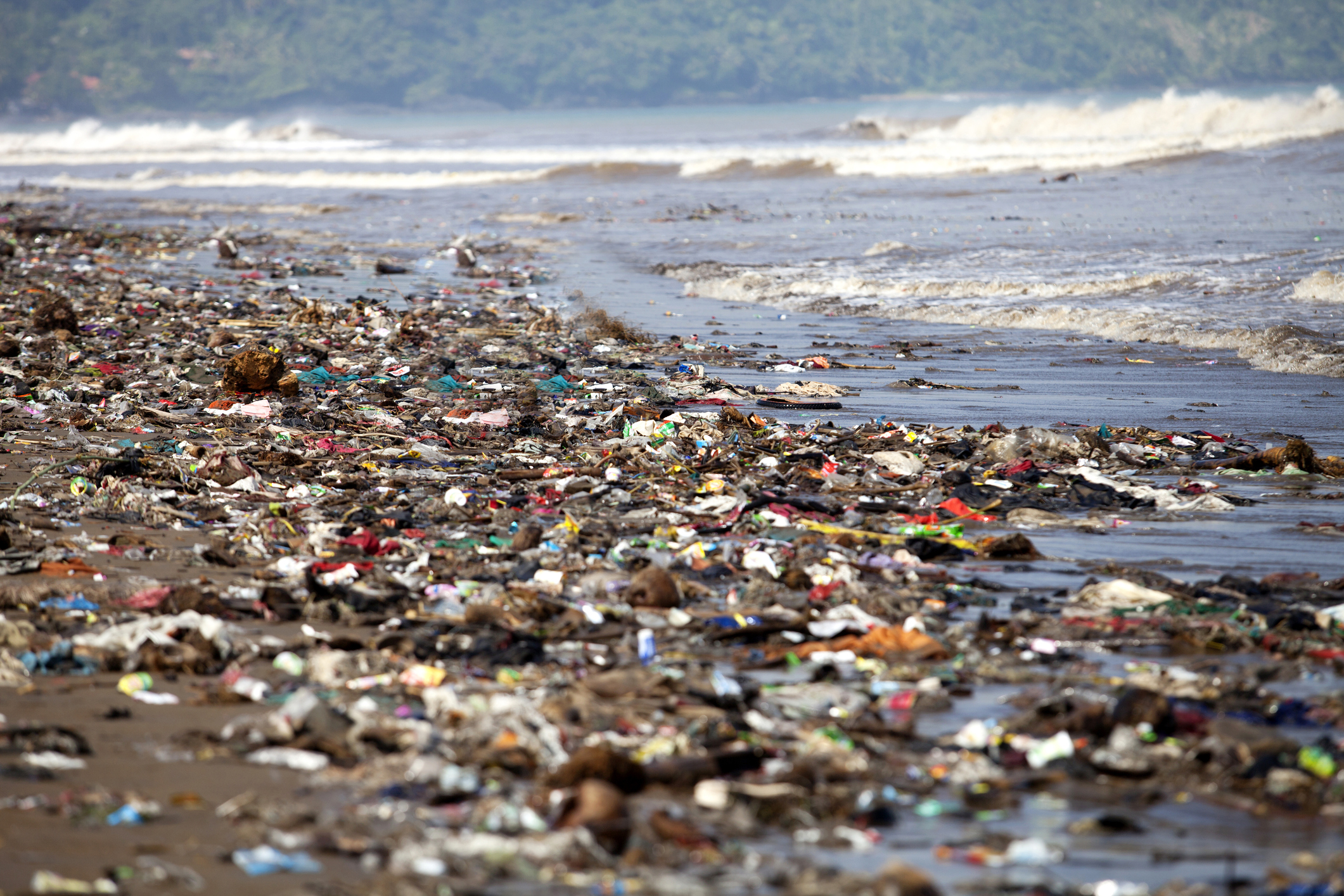
Fact Sheet
EPR for Packaging
Overview
Millions of tons of post-consumer packaging enter our municipal solid waste management systems each year. While some is recycled, most is incinerated or buried in landfills. This volume of waste results in environmental harm and injustice, excess costs to taxpayers and potentially valuable recycling materials wasted. Extended Producer Responsibility (EPR) (also referred to as product stewardship) ensures packaging producers assume responsibility for the cost of collecting and sorting recyclables at end of life. Producers internalize these costs by incorporating them into the price of new products. This creates an incentive to design better and identify opportunities for efficiency in the recycling system to reduce costs, leading to an increase in recycling. EPR is a strategy to add all of the environmental costs associated with a product throughout the product life cycle to the market price of that product.
Key Points
Key Point 1
Around the world, EPR for Packaging programs already exist in 47 jurisdictions, including the entire European Union and five Canadian provinces. (Natural Resources Council of Maine)
Key Point 2
Multiple U.S. states have passed EPR laws for multiple product categories, such as pharmaceuticals, solar panels, electronics, carpet, mattresses and many more. In 2021, Maine and Oregon became the first states to enact EPR legislation for packaging materials. (Product Stewardship Institute)
Key Point 3
Multi-national companies are already participating in EPR for packaging programs in other countries and are working together to suggest best practices for implementation as part of the circular economy. One example is the Consumer Goods Forum.
Legislation
- Maine (LD 1541) and Oregon (SB 582) enacted bills in 2021 to establish statewide EPR programs for various packaging materials.
- New York’s S7718 seeks to establish an extended producer responsibility program for paper and packaging (circular economy for recycling).
- Washington’s Plastic Packaging Evaluation and Assessment law passed in 2019 directs a study of the impacts of plastic packaging in Washington and to develop recommendations for managing it.

Empower State Environmental Champions
Your donation funds the fight for equitable actions that protect the environment and our health.
Donate